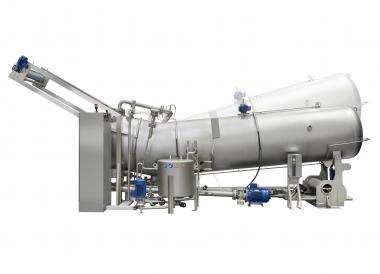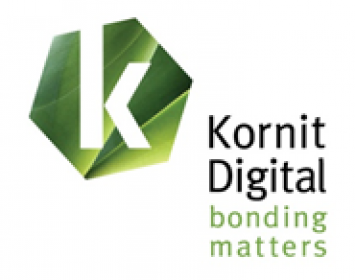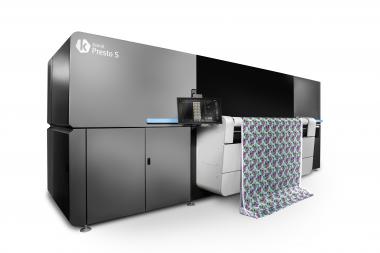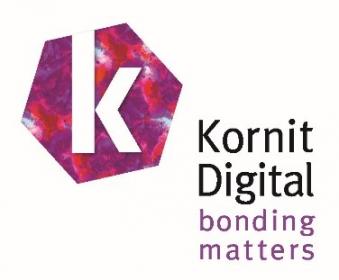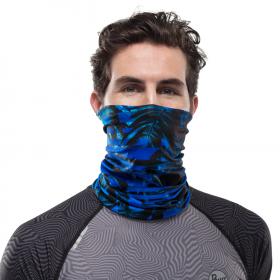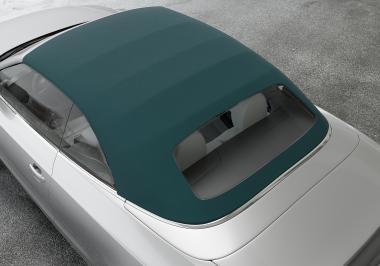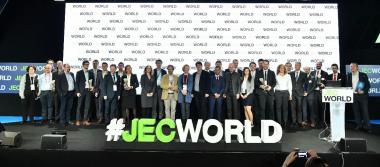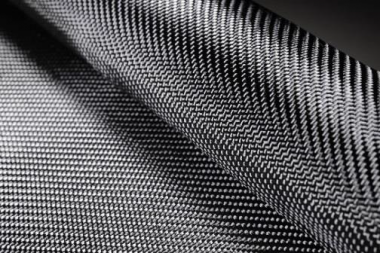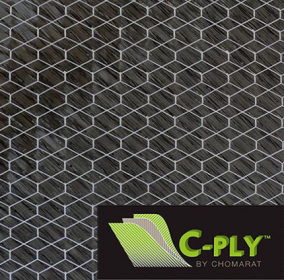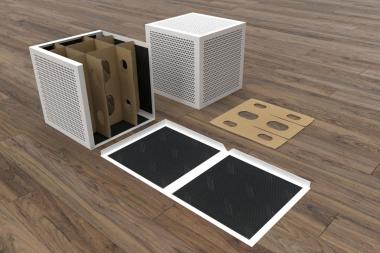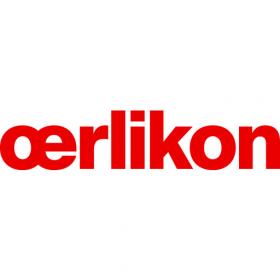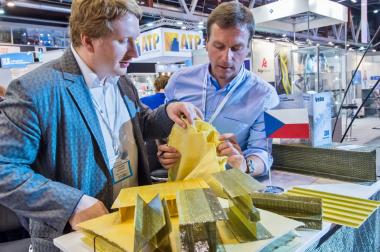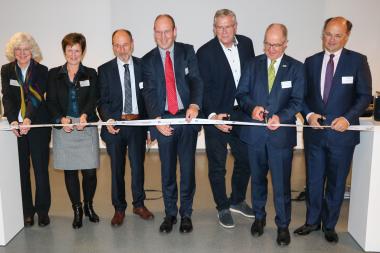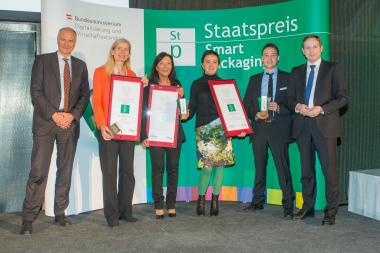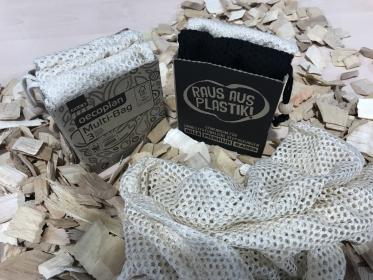Innovations in long tube dyeing from FONG’S Europe
At ITMA 2019 in Barcelona from June 20-26 FONG’S Europe, a member of CHTC FONG’S International Group, will be providing details of its new THEN Supratec LTM hydraulic long-tube dyeing machine.
This machine is distinguished by the ability to vary the angle of the Then Flexkier for either dry (jet) or wet (overflow) mode dyeing, in order to optimise the dye liquor ratio – from 1:15 down to 1:4 – depending on the materials being dyed.
This translates into considerable savings in auxiliaries, water and energy.
The Supratec LTM is suitable for the treatment of both woven and knitted fabrics ranging from the most sensitive articles to heavyweight materials within the weight range of 25 g/lm to 380 g/lm, and operates at very low tension due to the extremely low lifting height between the variable nozzle and the plaited fabric.
“Existing Supratec machines on the market are providing excellent performance for a wide range of delicate synthetic fabrics, from polyester to polyamide with high content of elastane,” says FONG’S Europe Director of Sales and Marketing Richard Fander. “Heat-setting can often can be avoided, which improves the handle of the material and saves costs and the lengthwise-elongation of the fabric being treated is lower than on winch-driven machines.”
AWOL Media


